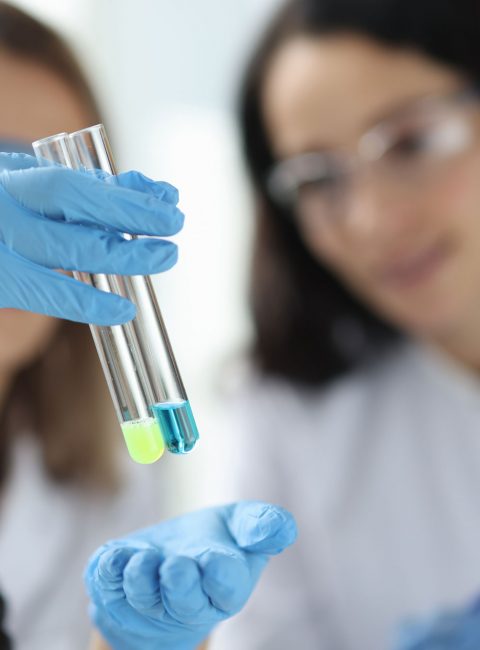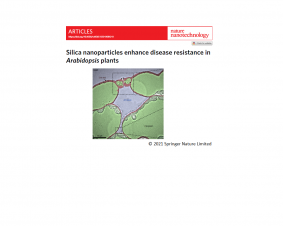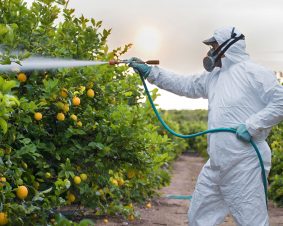 >
Spotlight September 2023: Fishing for raw materials with proteins
>
Spotlight September 2023: Fishing for raw materials with proteins
The so-called rare earth elements such as neodymium, dysprosium or cerium are elements that are of great importance for the energy transition; among others they serve as components of magnets in generators for electric power generation, act as luminescent materials in energy-saving lamps or as part of the car exhaust catalytic converter. The global production of rare earth elements is currently strongly dominated by China. Separating the rare earth elements from each other and purifying them is considered particularly difficult.
English oak buds contain bacteria from which proteins called lanmodulins can be extracted. In a publication by American researchers, these proteins were studied for the separation and purification of rare earth elements. This could help to recover these elements from electronic scrap and thus no longer such large quantities of rare earth elements need to be imported. Besides, the protein-based purification processes would be much more environmentally friendly than conventional ones and thus also of interest for primary producers. Today the procedure is not yet ready for practice: Although the researchers report good separation rates (>98%) and yields (>99%) in the separation of dysprosium and neodymium, however, the rare earth concentrations that have been used are very low. Hence, this would still have to be significantly improved before it could be used in a feasible technical application, and the synthesis of the separating proteins is also a complex step.
Original Publication:
Mattocks, J.A., Jung, J.J., Lin, CY. et al. Enhanced rare-earth separation with a metal-sensitive lanmodulin dimer. Nature 618, 87–93 (2023). https://doi.org/10.1038/s41586-023-05945-5

Weitere Spotlights
Spotlight December 2021: Silica nanoparticles improve plant disease resistance
The resistance of plants to various pathogens is often increased in agriculture with various chemicals (“fertilizers”). A new direction is being taken with the use of nanoparticles. These can be sprayed on the plants. In the present study, the model plant Arabidopsis was used to investigate whether silicon dioxide nanoparticles (SiO2) can increase resistance to […]
Read moreSpotlight October 2021: Nanopesticides – a proposal for a risk assessment framework
The application of so-called “nanopesticides” (see also cross-sectional text Nanomaterials in plant protection products) is said to have two basic advantages: a smaller amount of pesticide is needed for the same agricultural area and the efficacy is improved. This is necessary to grow enough food for a still growing world population. However, this could also […]
Read moreSpotlight June 2021: Endotoxin – the reason for false-positive toxicity testing for advanced materials?
Advanced materials, but also nanomaterials are closely examined to determine whether they trigger biological effects that could be harmful to humans and the environment before they are used in products. This also includes such materials as titanium dioxide, which has been used in a wide variety of products for more than 50 years. A particularly […]
Read moreSpotlight June 2022: From small to clever – What does the future hold for the safety and sustainability of advanced materials?
The smallest particles in materials research, nanoparticles, have occupied us intensively for more than 20 years to elucidate and further investigate their safety for humans and the environment. Now, however, the development is going from “small = nano” to “clever = advanced”, as discussed in a contribution by international scientists. Thereby, it is a great […]
Read more


